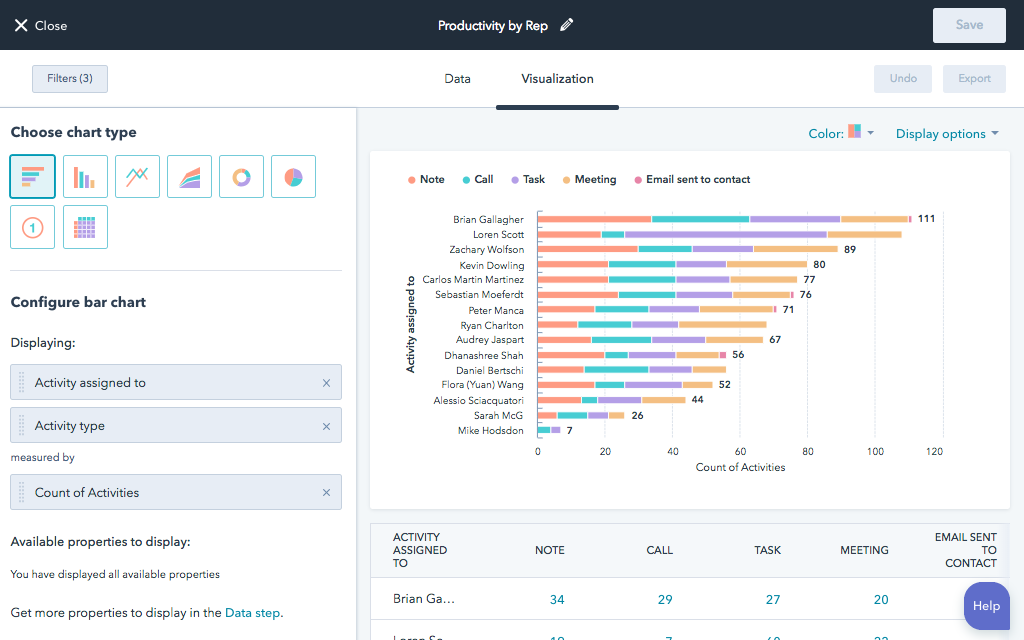
What does a successful SaaS product launch look like? What are the pre-launch and post-launch steps (hint: user onboarding is a part of this)?
You’re in the right place if you’re looking for answers to the above questions.
Whether you have a brand new product launch in the pipeline or planning to release a new version or feature, our article will guide you through the process step by step and help you develop an effective launch plan.
Get The Insights!
The fastest way to learn about Product Growth, Management & Trends.
Summary of how to launch a SaaS product
- A successful SaaS product launch campaign consists of three stages: the pre-launch stage, the launch stage, and the post-launch stage.
- The pre-launch phase aims to get your product and your business ready.
- During the pre-launch stage, you need to conduct market research, define your UPS (Unique Selling Proposition), identify your target audience, and define your user persona
- The launch phase revolves around building and implementing your go-to-market (GTM) strategy.
- marketing teams use GTM tactics like launching the product on Product Hunt, content marketing, paid advertising, and product demos.
- Setting your KPIs will help you track the effectiveness of your marketing strategy.
- The most useful performance indicators include the visitor-to-sign-up rate, the sign-up-to-PQL rate, the PQL-customer rate, the sign-up-to-customer rate, and the activation rate.
- The post-launch phase is all about user onboarding.
- Some key tools you can use to help you build a successful product launch strategy are Userpilot, HubSpot, and Mixpanel.
- Userpilot can help you build successful onboarding experiences that help you retain customers long-term.
What is a SaaS product launch?
A SaaS product launch is the strategic introduction of a new software product to the market.
It involves a coordinated effort to generate awareness, interest, and adoption among the target audience. Unlike physical products, SaaS launches rely heavily on digital marketing and customer acquisition strategies.
What are the stages of a SaaS product launch?
Successful SaaS product launches require meticulous planning, effective execution, and a deep understanding of the target market.
It needs meticulous planning and execution across several distinct phases. Each stage plays a crucial role in driving product adoption and market penetration.
Pre-launch phase
The pre-launch phase is foundational to the overall success of a SaaS product. It involves a series of strategic activities designed to lay the groundwork for a compelling product launch.
Key components of this phase include:
- Conduct Market Research and Target Audience Identification: Thoroughly understanding the target market, their needs, pain points, and the competitive landscape is paramount. This information will inform product development, messaging, and go-to-market strategy.
- Product Development and Refinement: This phase involves iterating on the product, identifying your unique selling proposition, and beta testing based on market research and user feedback to ensure it meets the target market’s needs.
- Pricing Strategy Development: Determining the optimal pricing model (subscription, freemium, etc.) requires careful consideration of customer value, competitive landscape, and revenue goals.
- Building a Pre-launch Audience: Creating anticipation and generating interest before the official launch is crucial. This can be achieved through email marketing, social media campaigns, content marketing, and early access programs.
- Connecting Sales Team and Marketing Efforts: Crafting a compelling marketing strategy, sales scripts, and product demos is essential for effectively communicating the product’s value proposition to potential customers.
- Partnering with Complementary Businesses: SaaS companies can collaborate with complementary businesses to expand market reach and provide additional value to customers. This can involve strategic partnerships, channel partnerships, or technology integrations.
Product launch phase
The successful product launch phase is the culmination of the pre-launch efforts. It involves executing the marketing plan and introducing the product to the market.
Key activities include:
- Executing the Marketing Plan: Implementing the marketing plan across various channels (digital, social media, PR, etc.) to generate awareness and interest.
- Managing Product Release and Updates: Setting the launch date, ensuring a smooth product rollout, addressing initial technical issues, and managing product updates. To take your marketing efforts even further, consider creating a product demo.
- Handling Initial Customer Onboarding: Providing a seamless onboarding experience for early adopters, guiding them through the product’s features and benefits.
- Gathering Customer Feedback: Actively seeking feedback from early users to identify areas for improvement and inform product iterations.
- Monitoring Key Performance Indicators (KPIs): Tracking essential metrics such as customer acquisition cost (CAC), customer lifetime value (CLTV), and user engagement to measure launch success.
Post-launch phase
The post-launch phase focuses on optimizing the product, enhancing customer experience based on user behavior, and driving sustained growth.
Key activities include:
- Analyzing Product Performance: Evaluating product usage data, customer feedback, and market trends to identify areas for improvement.
- Iterating on the Product: Implementing product updates and enhancements based on user feedback and market dynamics.
- Expanding Market Reach: Reaching new customer segments and geographical markets to drive growth.
- Building a Customer Community: Fostering a community around the product to increase customer engagement and advocacy.
- Measuring Customer Lifetime Value (CLTV): Analyzing customer behavior and revenue to optimize customer retention and maximize the value of each customer.
How long does it take to launch a SaaS product?
Generally, the launch timeline can range from a few months to several years. The timeframe for launching a SaaS product can vary significantly depending on several factors:
- Product Complexity: Simple products with limited features can be launched more quickly than complex enterprise solutions. Products with extensive features and integrations may require 12-18 months or even longer to reach full launch.
- Team Size and Expertise: A larger, more experienced team can expedite the development and launch process.
- Development Methodology: Agile development often leads to faster time-to-market compared to waterfall methodologies.
- Funding and Resources: Adequate financial resources and access to necessary tools can accelerate the launch timeline.
- Minimum Viable Product (MVP): For a basic MVP, it might take anywhere from 3-6 months to develop, test, and launch.
It’s important to note that these are just estimates, and the actual timeline can vary widely based on specific project requirements and unforeseen challenges.
How to set up a successful saas product launch strategy
To sum up the phases of a successful launch and build a strategy, let’s conclude everything we have learned in this article in a step-by-step process:
Step 1: Perform market research and create user personas
A successful launch starts with a deep understanding of your target market.
Conduct thorough market research to identify your ideal customers, their needs, and pain points.
Create detailed user personas to represent these customers, helping you tailor your product and marketing efforts effectively.
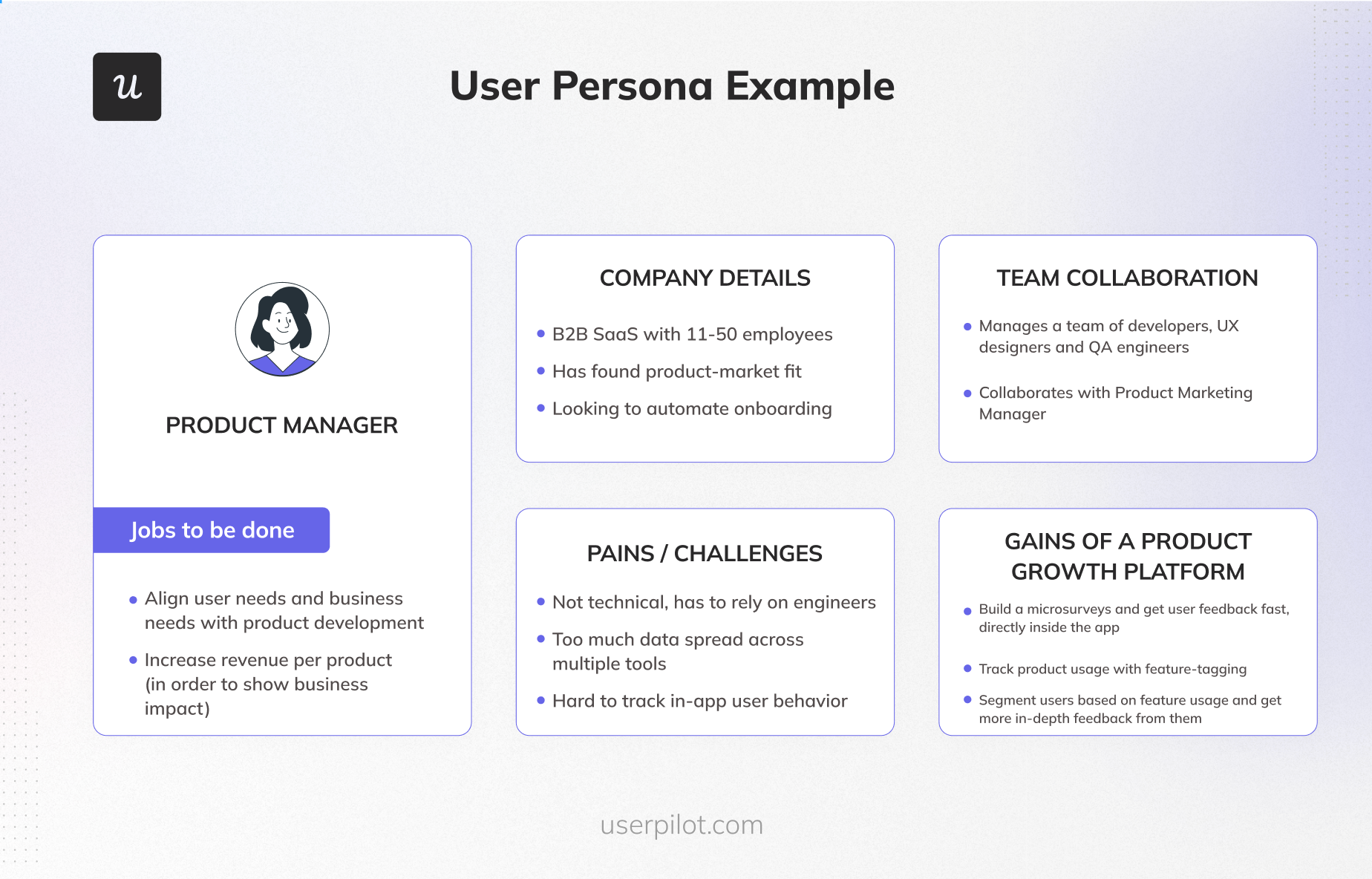
Step 2: Define your product positioning and messaging
Clearly articulate your product’s unique value proposition. Determine how your product differs from competitors and what problem it solves for your target audience.
Craft compelling messaging that resonates with your ideal customers and highlights the benefits of your product.
Step 3: Create excitement with your marketing strategy
Build anticipation for your product launch through a well-crafted marketing strategy.
Utilize various channels, such as social media, email marketing, content marketing, and public relations, to generate buzz and engage your target audience.
Create a pre-launch campaign to build excitement and capture potential customers’ interest.
Step 4: Equip your sales and support teams with the necessary information and training
Ensure your sales and support teams are equipped with the knowledge and tools to effectively promote and support your product.
Provide comprehensive product training, sales enablement materials, and customer support guidelines.
Empower your teams to answer customer questions, address concerns, and drive sales.
Step 5: Ensure a smooth product launch
Execute a flawless product launch by meticulously planning and coordinating all aspects of the process. Test your product thoroughly to identify and address any issues before launch.
Develop a detailed launch timeline, assign responsibilities, and communicate effectively with all stakeholders involved.
Step 6: Onboard new users to your product
Create a seamless onboarding experience for new users. Provide clear instructions, tutorials, and support resources to help users get started and maximize the value of your product.
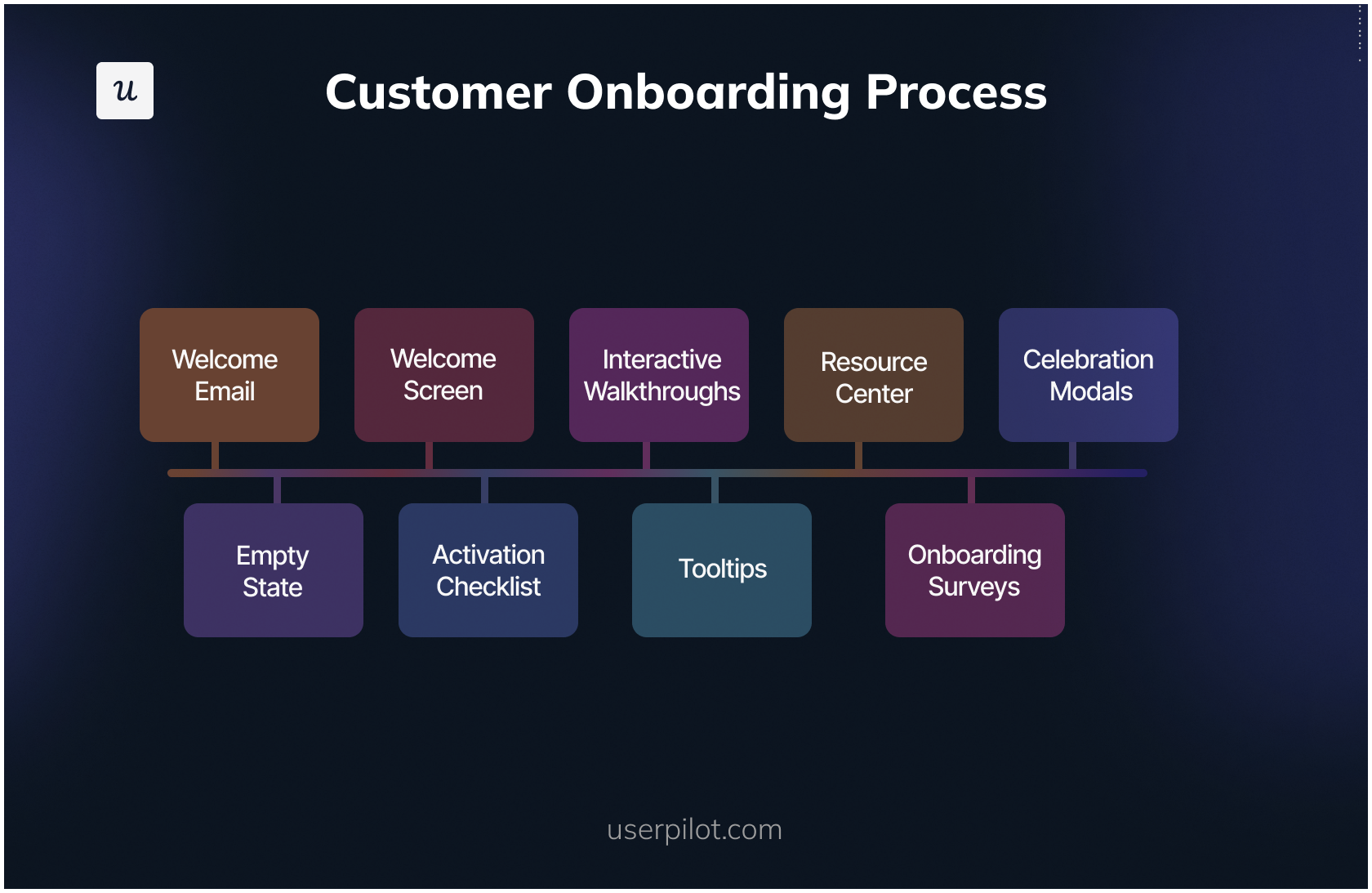
Offer personalized onboarding experiences based on user needs and preferences to increase user satisfaction and retention.
Step 7: Collect feedback and improve your product
Continuously gather feedback from your customers to understand their experiences and identify areas for improvement.
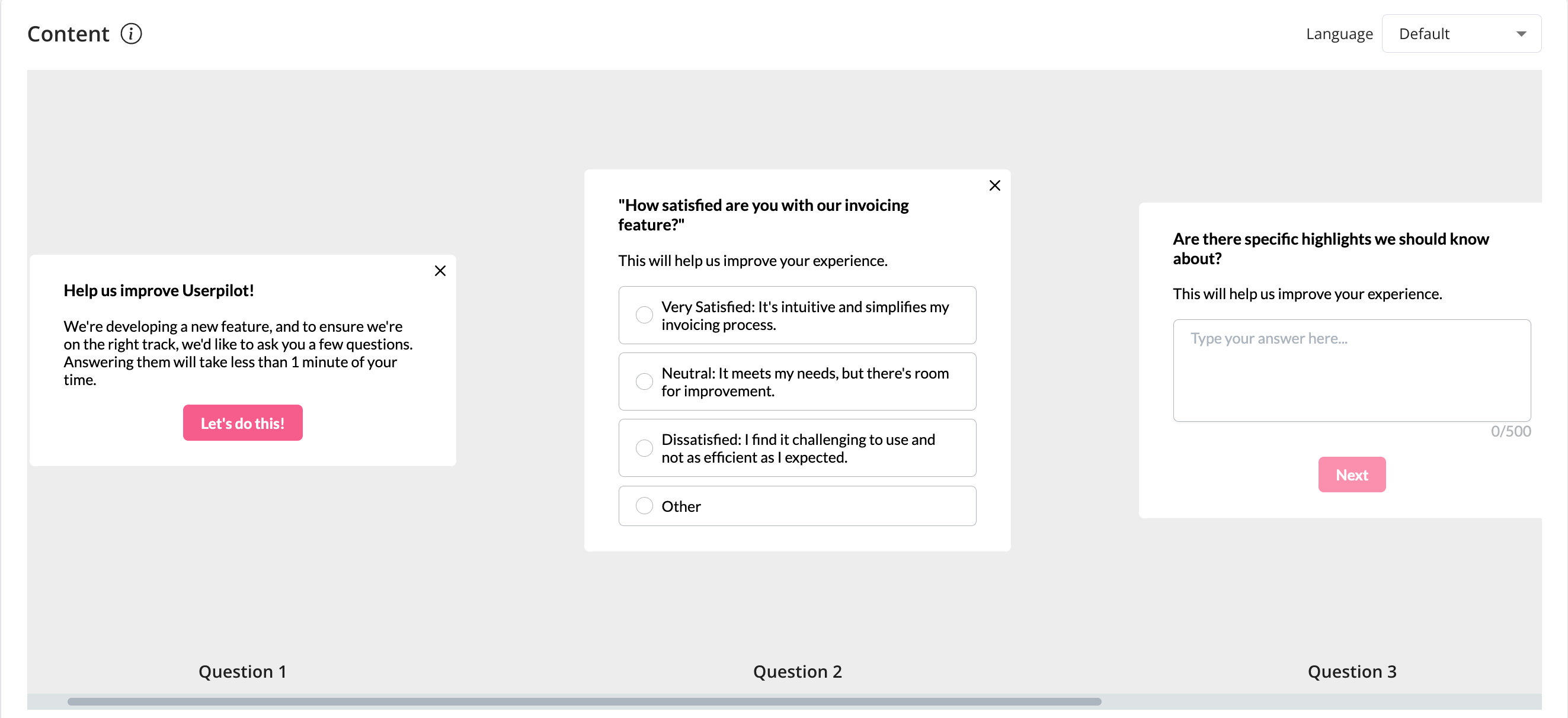
Implement a feedback collection process through surveys, user interviews, and product analytics.
Analyze the feedback to prioritize product enhancements and ensure your product meets customer expectations.

Step 8: Measure the success of your SaaS product launch
Define key performance indicators (KPIs) to measure the success of your product launch. Track metrics such as user acquisition, activation, retention, and revenue to assess your launch performance.
Analyze the data to identify strengths, weaknesses, and areas for improvement. You can create an analytics dashboard to keep an eye on these metrics:
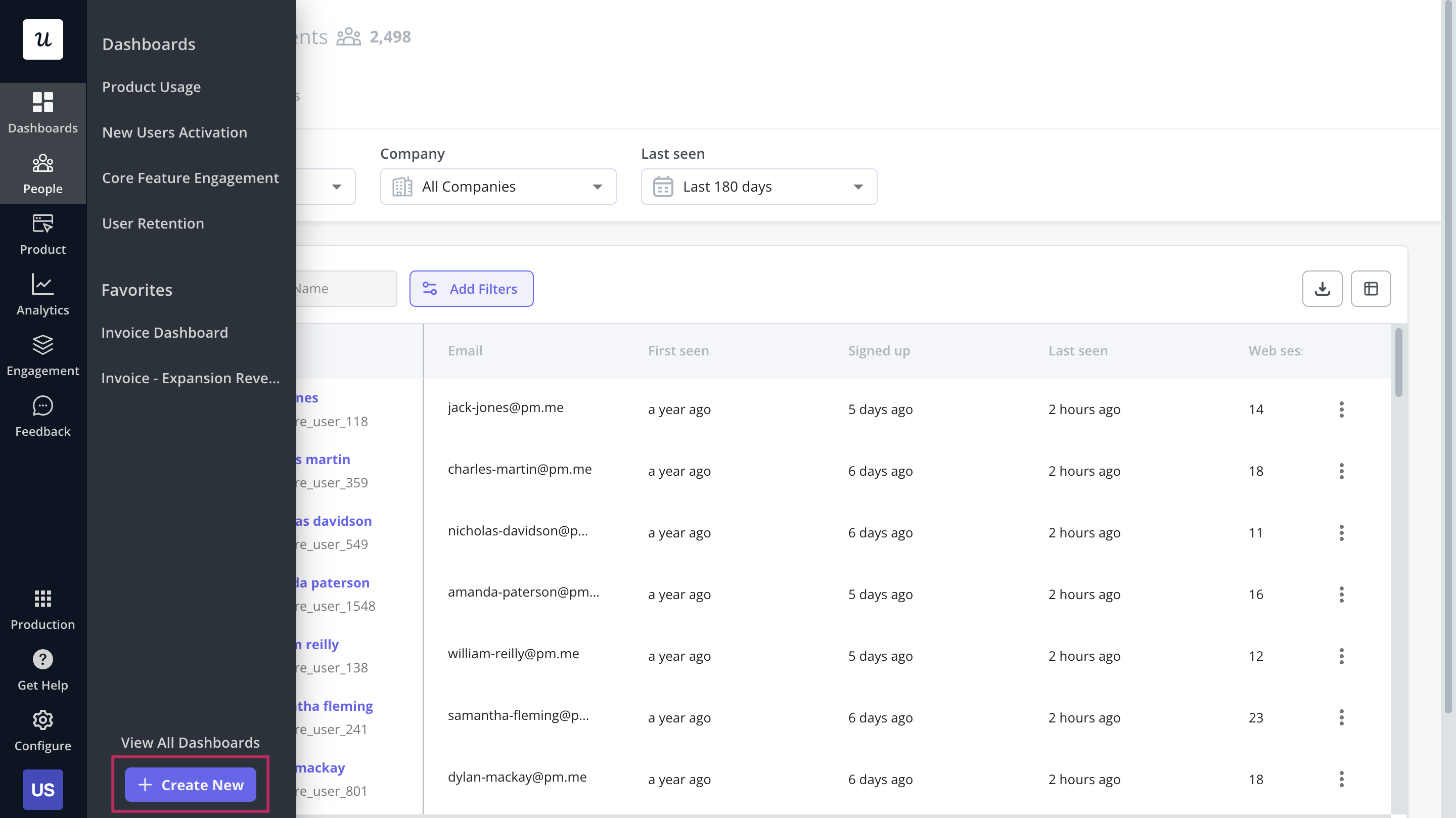
Step 9: Implement product updates and enhancements based on the insights from feedback and analysis
Use the insights gained from customer feedback and performance metrics to drive product updates and enhancements. Use a proper announcement to drive new feature adoption.
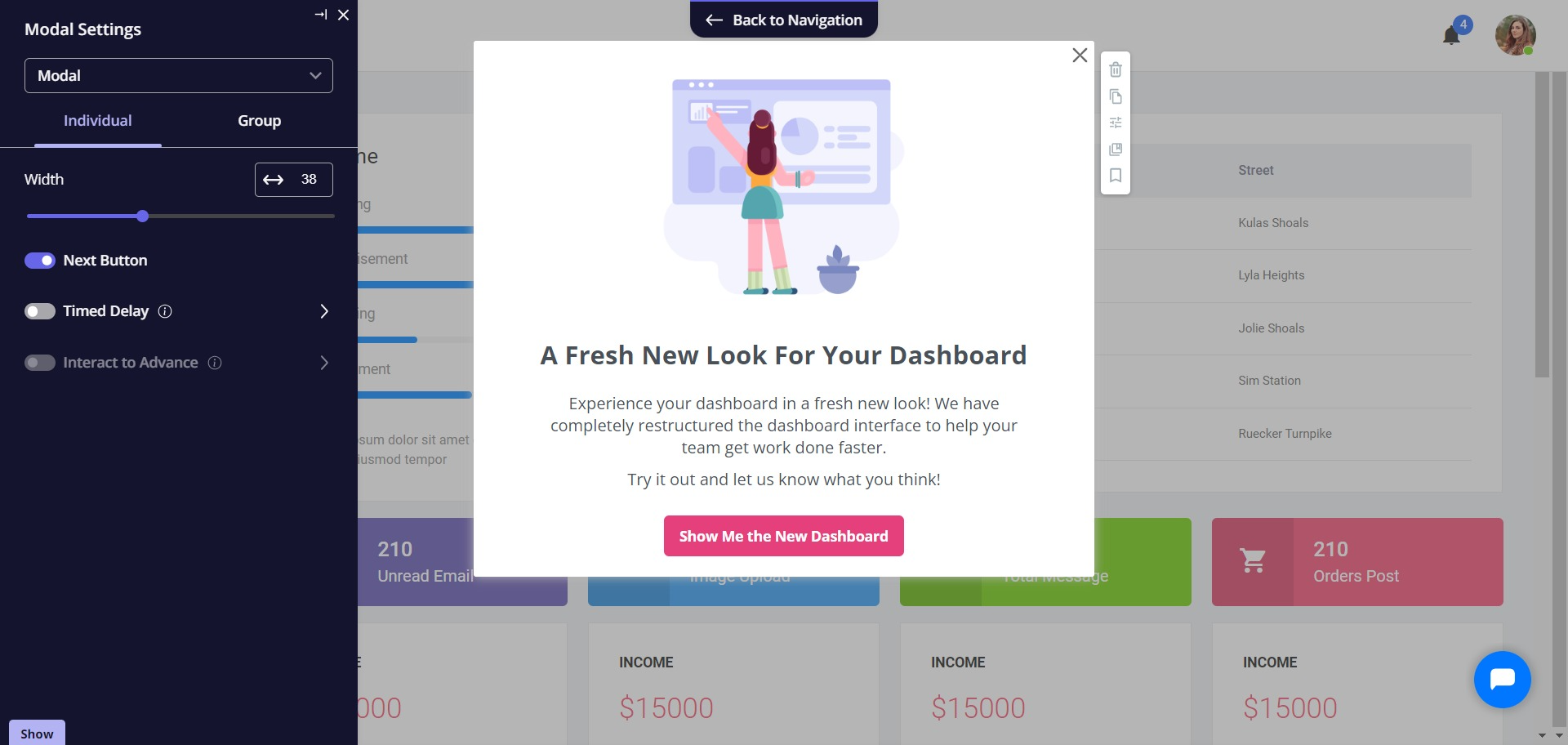
Prioritize features based on their impact on user satisfaction and business goals. Continuously improve your product to meet evolving customer needs and stay ahead of competitors.
Step 10: Focus marketing efforts on expanding your market reach
Once your product is successfully launched, shift your marketing focus to expanding your market reach.
Identify new target segments, develop tailored marketing campaigns, and explore additional channels to acquire new customers. Continuously analyze your marketing efforts to optimize performance and maximize ROI.
By following these steps and adapting to market dynamics, you can build a strong foundation for your SaaS product and achieve long-term success.
Essential tools for a successful launch strategy
These tools, when integrated into a well-structured launch strategy, can significantly contribute to a successful product introduction.
Userpilot: Best for user onboarding, product adoption & analytics
Userpilot is a critical tool for optimizing product onboarding and driving user adoption.
By creating personalized in-app experiences, businesses can effectively guide users through the product, increase product engagement, and ultimately boost customer satisfaction.
Its robust analytics capabilities also provide valuable insights into user behavior, enabling data-driven optimization of product flows.
HubSpot: Best for marketing and sales efforts
HubSpot is a comprehensive marketing, sales, and customer service platform crucial for a successful product launch.
Its capabilities in lead generation, email marketing, and CRM facilitate building anticipation, nurturing leads, and converting prospects into customers. By aligning marketing, sales, and customer support efforts, HubSpot streamlines the launch process.
Moreover, you can integrate Userpilot with HubSpot for seamless data flow, enabling personalized onboarding experiences based on user behavior and CRM data.
Mixpanel: Best for in-depths insights into user behavior
Mixpanel is a potent product analytics platform offering in-depth insights into user behavior. By tracking user interactions and events, businesses can identify areas for improvement, optimize product features, and measure the impact of product changes.
Mixpanel’s data-driven approach helps refine product offerings and enhance the overall user experience.
Integrating Mixpanel with Userpilot allows for a deeper understanding of user behavior within the product, enabling data-driven optimization of onboarding flows and in-app experiences.
Conclusion
A successful SaaS product launch can be broken into three main stages, all of which are equally important.
If you need help with the post-launch part check out how Userpilot can help you drive conversions with great in-app experiences.



